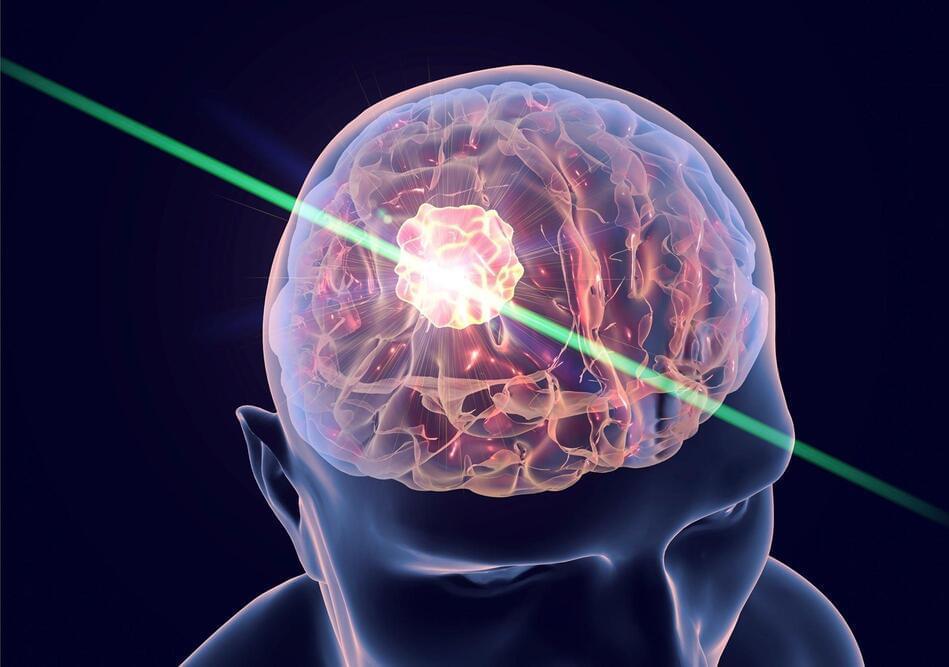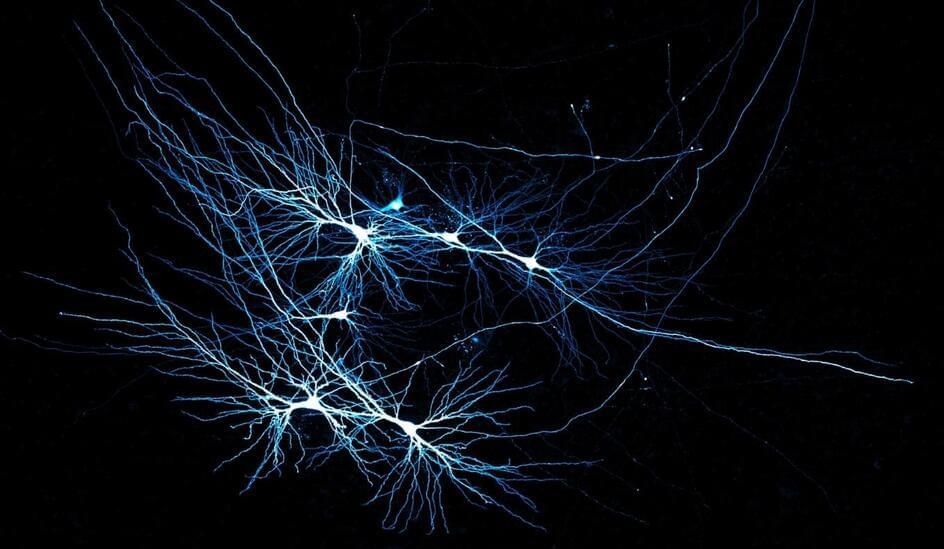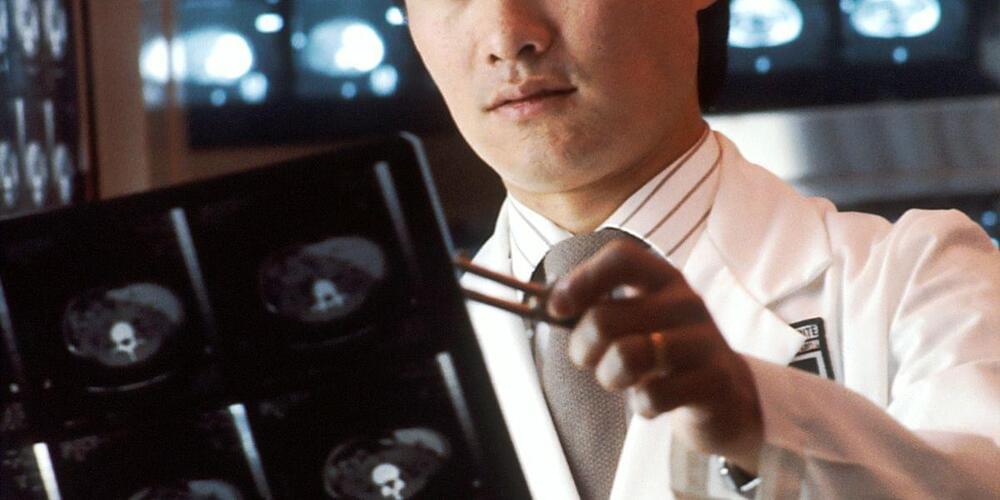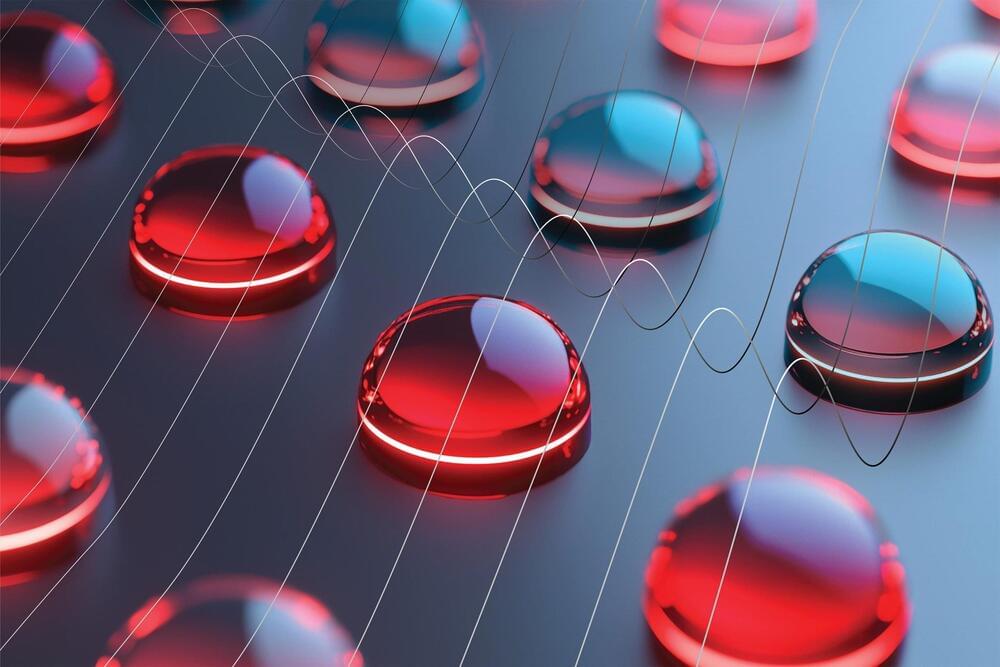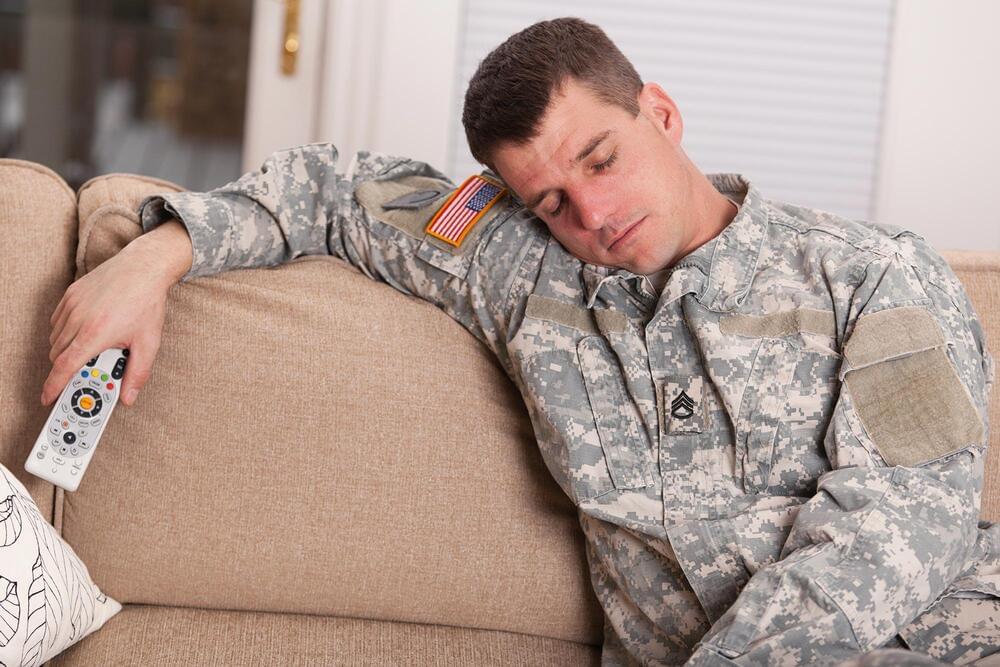Summary: Researchers have discovered a way to control human body temperature, mimicking the hibernation process of animals like bears. By manipulating the brain’s temperature regulation system, they can induce a state of “thermoregulatory inversion” (TI) in rats, reducing heat production even in cold environments.
This breakthrough could lead to controlled hypothermia in humans, improving survival rates in life-threatening situations like heart attacks and strokes. The discovery opens the door to therapeutic hypothermia, which can protect tissues from damage by lowering metabolism and oxygen demand.
